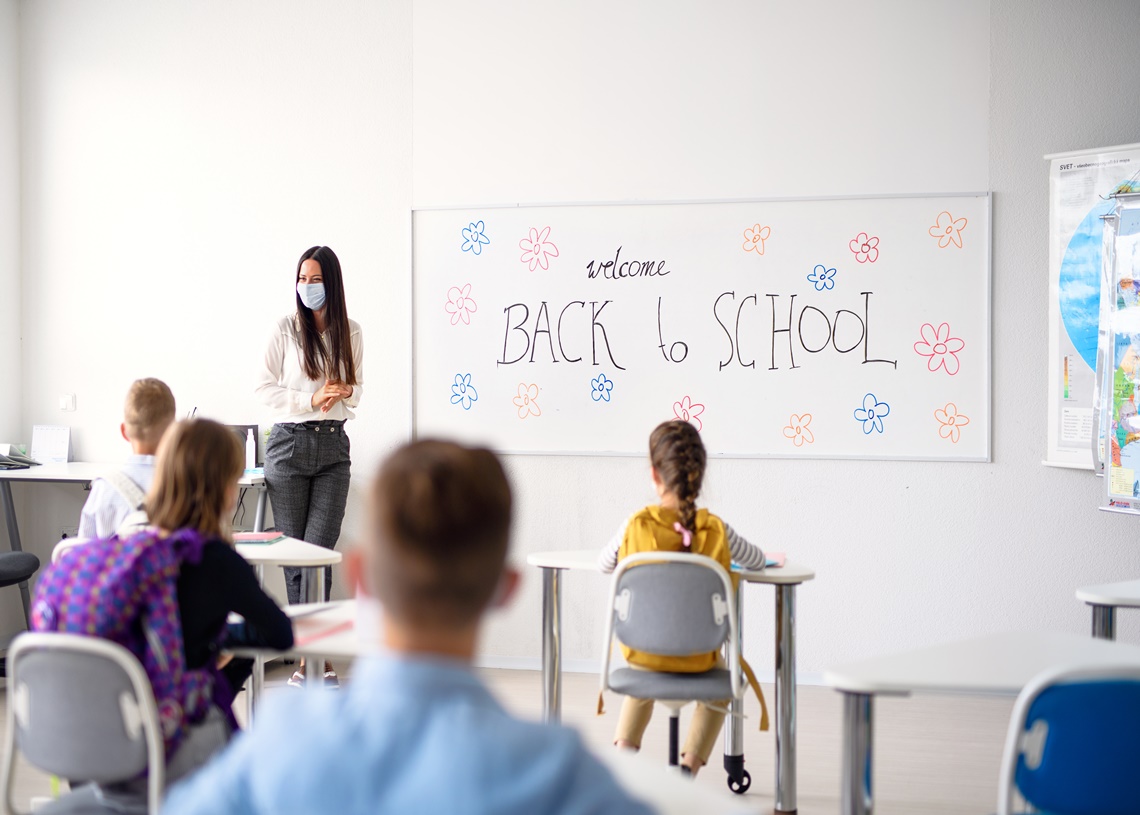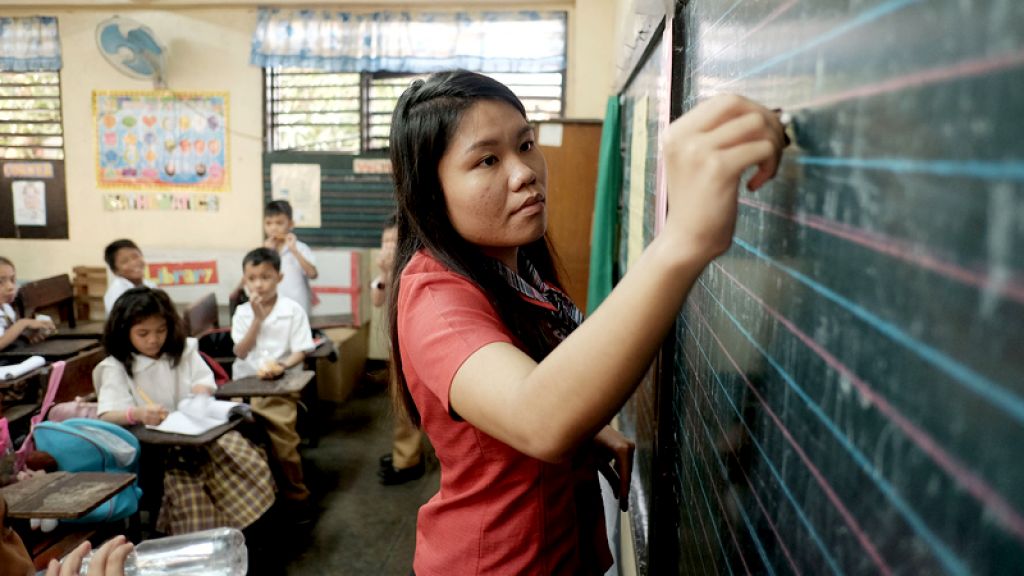A lot has been written and told about the devastating effects of pandemic on education; however, in a recent interview, the UN Secretary-General Antonio Guterres confirmed that the impact might be a generational catastrophe,’ leaving an entire generation of students reeling from its grave repercussions.
COVID-19 is easily the most massive disruption in the education system in the modern world. At no point in history, we have had schools, and colleges suspended all around the world at the same time and for the same reason. One billion students – that’s the number of students affected by the ravaging pandemic in over 160 countries. Times are tough, and the effects of pandemic on education will be evident for several years now.
COVID-19 results in massive learning loss
According to Guterres, the world is at the brink of facing a never-seen-before disastrous learning loss for an entire generation. The COVID-19 outbreak has led to tremendous loss of human potential, and years of progression in education inclusivity and accessibility go down the drain.
The extremely vital pre-school year, which is often considered the bedrock for an educational career for young minds who develop positive feelings, notions, and ideas about school, has been off-limits for over 40 million children this year. In several parts of the world, it is likely to remain suspended even next year.
To offer a perspective on the effects of pandemic on education, take a look at the damage caused by natural disasters in some parts of the world. The victims of the Pakistan earthquake of 2005, which led to a death toll of almost 100,000 and rendered more than 3.5 million homeless, are still struggling to cope up in terms of rebuilding proper infrastructural support for school kids. A study shows that the kids from affected regions lagged behind their peers by over two years once schools resumed.
The students from New Orleans, who were affected by two devastating hurricanes in 2005 that ripped through the region causing large-scale havoc, continue to suffer from months of learning loss that resulted after. A similar trend of worldwide academic absence can now be seen post-COVID, and if something isn’t done about it soon, it could leave a lasting impression on young minds.
UN launches Save Our Future campaign to get students back to school
In an attempt to alleviate the effects of pandemic on education, the United Nations have thus launched a Save our Future campaign that demands governments to prioritize safe reopening of schools, enlarge school budgets, reach out to children in need and get them back to safe havens and focus on implementing sustainable educational methods.
While we do laud the efforts taken by school officials in doing their best to minimize prolonged gaps and discontinuity by embracing online modes of teaching, vast swaths of rural and underprivileged communities are still held back due to no connectivity. These children, along with those with disabilities, are the worst hit.
Recent studies published in The Lancet Child & Adolescent Health acknowledge that bringing millions of children back to schools is no mean feat; however, it can be done in phases with effective tracing strategies in place. For that, institutions will be required to scale up testing, isolate, and treat the ones that test positive and conduct timely contact tracing of the infected to prevent further contagion.
More studies had shown that from January to April, when most parts of the world had already shut down schools, Australia was able to lessen the effects of pandemic on education system by keeping schools open by establishing good contact tracing and control strategies. However, without adequate coverage, a considerable risk of another outbreak will always prevail.
The decisions we make right now will undoubtedly set the course for the future of lifelong learning. A just pandemic response is crucial, and so is coming to terms with the fact that the education ecosystem will probably never go back to the way it was before COVID. Radical changes are the pressing priority to mitigate the effects of pandemic on education.
Mitigating effects of pandemic on education with blockchain-based ecosystem
Besides taking the usual measures to comply with social distancing norms during school resumptions, is there anything else that can be done to counter these effects on our young children and pave the way for sustainable learning for future generations? As rightly proposed in one of the recently published articles by Cryptopolitan, blockchain applications do offer a fighting chance.
Life in lockdown has forced innovation out of necessity. It has made us realize that putting upcoming technology to best use is probably the only way forward to ensuring that lives are not put on hold when crises such as coronavirus hit us.
The outbreak of COVID-19 makes a compelling case for blockchain integration in higher education. Future resiliency will be determined by how well we are connected and how transparent and secure these interoperable networks are. What has become abundantly clear is that there is a greater need to tackle the pandemic-exposed digital divide and even greater to make the most of the accessibility to internet connectivity.
With students already trained to maintain their learning momentum with minimum disruption through online learning modes, blockchain technology can essentially open up a plethora of opportunities where geographical or financial constraints don’t hinder their learning progress. It solidifies hopes of better and sustainable learning platforms that are no longer deterred by pandemics’ effects on education.
Fast-tracking changes in the education system cannot stand on two feet, or many pairs of feet, but multiple hands and feet of innovators who think and talk blockchain. – Mitch Rankin, co-founder of English Forward






